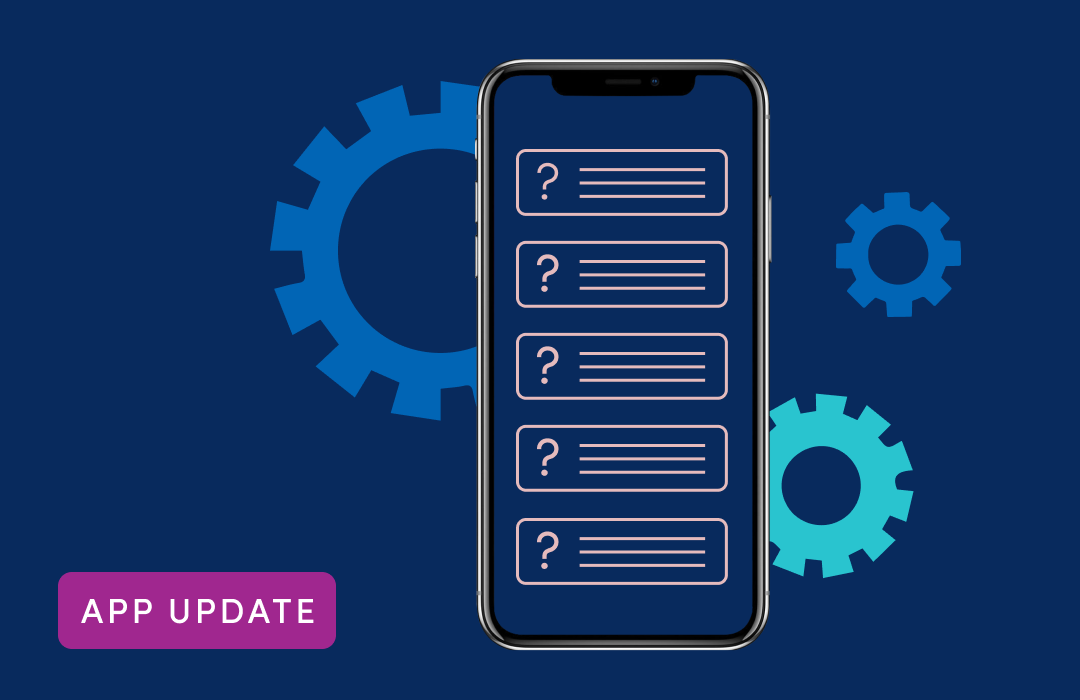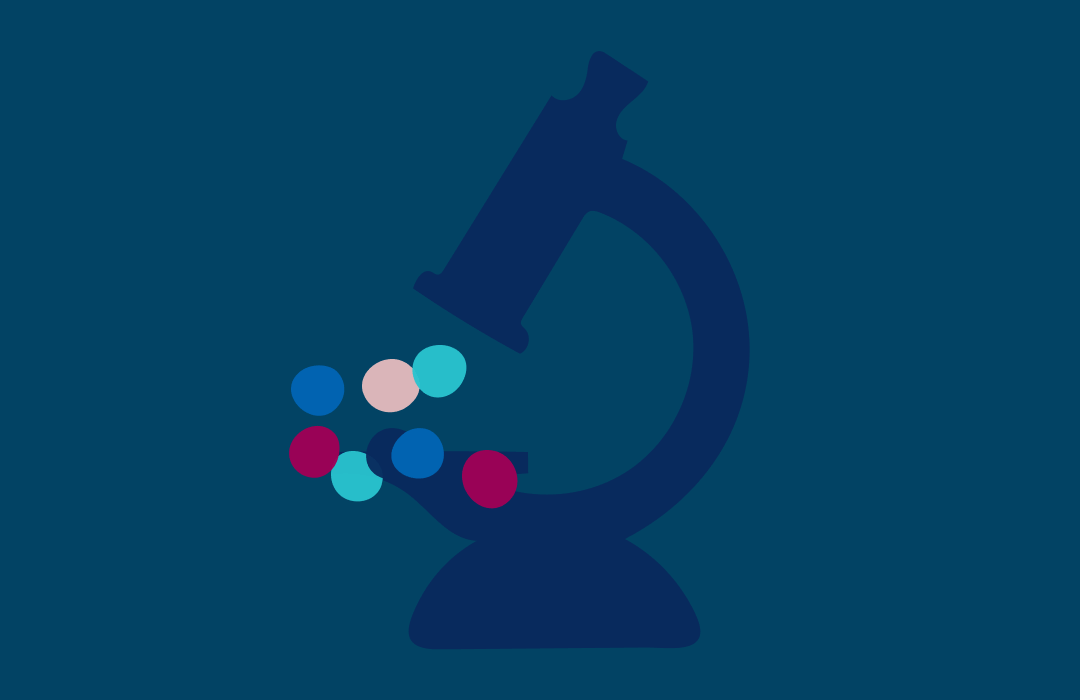
Protecting healthcare workers from COVID-19
April 28, 2020
Tracking symptom data can help protect healthcare workers during the coronavirus pandemic
Most people are now staying at home to avoid catching COVID-19, but frontline healthcare workers are doing the exact opposite. They are continuing to go to work every day, putting their own health and that of their loved ones at risk.
The latest data from the CDC shows that more than 9,000 healthcare workers have become sick with COVID-19, and nearly 30 have died. As well as the impact on their own health, quarantined or sick healthcare professionals are also unable to care for patients, putting further stress on hospitals. And infected workers without any obvious symptoms may unwittingly pass the virus on to those around them.
Healthcare workers are our most valuable resource during this pandemic. Unfortunately, we can’t urgently manufacture healthcare workers like we can ventilators or other essential medical products. The safety of healthcare workers must be prioritized, not only for their wellbeing and that of their families, but so they can continue to look after the rest of us.
First and foremost, it is essential that frontline healthcare workers have the personal protective equipment (PPE) they need to do their jobs safely.
But there are other ways to help protect our healthcare heroes during this difficult time. Our COVID-19 symptom tracker app, which we recently launched across the US, is generating data that will also help to protect our healthcare heroes.
To find out more, we spoke to Andrew Chan, MD, from Massachusetts General Hospital, who is leading the US research.
Are healthcare workers at increased risk from COVID-19?
“Healthcare professionals are uniquely vulnerable to COVID-19 because they interact with people with the disease on a daily basis,” says Andrew. “We are incredibly concerned about the health and well-being of our colleagues, and our ability to continue to take care of patients if those of us who are delivering the care are getting sick.”
The coronavirus responsible for COVID-19, SARS-CoV-2, is so new that we don't know much about what affects the risk of infection for health care workers (or anyone else). There have been a few insights from the research published so far:
- As of 15th April, Nearly 9,300 U.S. health care workers contracted COVID-19, and 27 have died
- In Italy, 20% of responding healthcare workers were infected by February 20th
- In China, 3300 medical professionals were infected by the end of February, of which at least 22 (1.1%) died
- Workers in high-risk departments are at an increased risk of contracting the disease compared with those in other departments
- A letter from physicians in China cited inadequate personal protective equipment, lack of understanding of the virus, lack of training, and work intensity as reasons for healthcare workers becoming infected
How can the COVID-19 symptom tracking app help keep healthcare workers safe?
We have already shown from our data in the UK that we can use symptom tracking to predict who may have early COVID-19 in real-time and identify disease hotspots. This data is invaluable for directing healthcare resources that can protect our doctors and nurses.
"There is a very big concern about a shortage of personal protective equipment like gloves and gowns and masks," explains Andrew.
He points out that tracking early symptoms in both the public and healthcare workers could help direct protective equipment to the parts of the country where it is needed before they become swamped with patients.
Tracking the spread of COVID-19 through the nation’s nurses
“A unique feature of what we’re rolling out in the US is a direct appeal to the Nurses’ Health Study cohort," says Andrew. "This is an incredibly dedicated group of nurses that over the last thirty years have given us their information about diet, lifestyle, healthcare, genetics, and their diagnoses of other diseases."
Cohort studies like this are a hugely valuable research resource, as they rigorously collect data from large groups of people and follow them up over many years.
Led by a team at Harvard University, the Nurses’ Health Study has been tracking the health of over 280,000 participants since 1976. The group has participated in a massive number of research projects, making essential contributions to knowledge about women's health and chronic diseases.
Andrew and his team are expecting over fifty-thousand nurses from the group in locations around the USA to provide regular reports about their health using the COVID-19 symptom tracking app.
Rather than tracking rates of hospitalizations or deaths, symptom tracking acts as a crucial ‘early warning’ that infections are rising in a particular region, even if widespread testing isn’t available.
This symptom tracking information can help to map the spread of the disease through the nation’s hospitals and help direct resources like personal protective equipment to where they are most likely to be needed.
Who is at most risk of catching coronavirus?
The rich data that has already been gathered about the participants of the Nurses’ Health Study will add a vital additional dimension to our understanding of coronavirus infections. For example, it’s still not clear why some people seem to be at greater risk of catching the virus and becoming seriously ill than others.
“This cohort will give us a unique window, not only to what’s happening now but also to what predisposes people to getting infected and what predisposes people to getting sick," Andrew explains. "Is it what they're eating? Is it what they're doing in terms of exercise? Is it their genetic background?"
Tracking the health of this large group of people working specifically in healthcare during the pandemic will hopefully give us some of the answers.
How to protect healthcare workers from COVID-19?
“We want everyone to use this app. Everyone in the public, whether you feel well or not,” he stresses. “We also want healthcare workers that are in the trenches right now to track their symptoms using the app.”
Just download the COVID Symptom Tracker app from the Apple App store or Google Play, and take just one minute every day to check in, whether you’re feeling fine or have any symptoms. It sounds simple, but you’ll be helping to generate vital data in the fight against COVID-19.
The lowdown:
- Medical professionals are vulnerable to contracting COVID-19
- The shortage of personal protective equipment puts them at an even higher risk of getting sick
- Tracking COVID symptoms and using the data to identify disease hot spots in real-time can help direct protective equipment to where it is needed most and protect our medical workers
- Many nurses across the US are tracking their own coronavirus symptoms, giving us an insight into what is happening on the front line
Find out more:
- Italian doctors call for protecting healthcare workers and boosting community surveillance during COVID-19 outbreak
- Risk Factors of Healthcare Workers with Corona Virus Disease 2019: A Retrospective Cohort Study in a Designated Hospital of Wuhan in China
- Reasons for healthcare workers becoming infected with novel coronavirus disease 2019 (COVID-19) in China
- What is the situation with personal protective equipment in the UK? – The Guardian
- ‘At War With No Ammo’: Doctors Say Shortage of Protective Gear Is Dire – The New York Times
- Nurses’ Health Study
- TwinsUK





.png)


.png)




















_(1).png)














.png)





